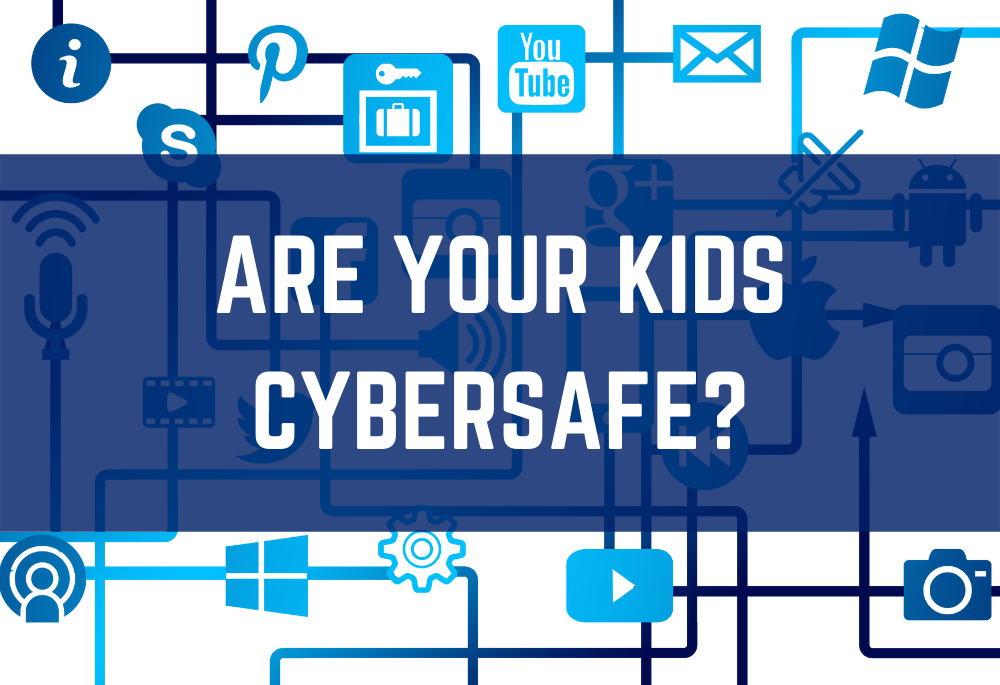This online world keeps growing, and our kids are exposed to more content than ever before. But this is a double-edged sword… while children can learn about global affairs and connect with friends in any number of countries, the Internet era is not without its unique dangers.
1. Use parental controls.
Enable privacy settings, and only allow access to certain trusted websites from a child’s account and/or device. YouTube, Netflix, and many other apps have child-friendly modes you can employ to regulate the content available to your kids.
2. Set a good example.
Model good behavior for children on and off the Internet. Teach them what to do in difficult situations online, i.e. reporting bullying, avoiding predators, checking facts before believing and sharing them…
3. Keep the conversation going.
Encourage conversations about a child’s experience online. Listen, and tell them to come to you if something is wrong. Explain that the web is a wonderful and dangerous tool.
4. Limit screen time.
Limited screen reduces chances of mishaps online. Encourage play outdoors, creative outlets such as writing or drawing, and, of course, READING! Why not try one of our books?
5. Engage together.
Go online together to observe a child’s behavior while online. Take note of what they do that could be unsafe and teach them how to responsibly use the Internet. Don’t be angry if they should make a poor choice – instead, use their mistake as a learning experience.
—
Thank you to our friends at Arizona State University for this blog post.

